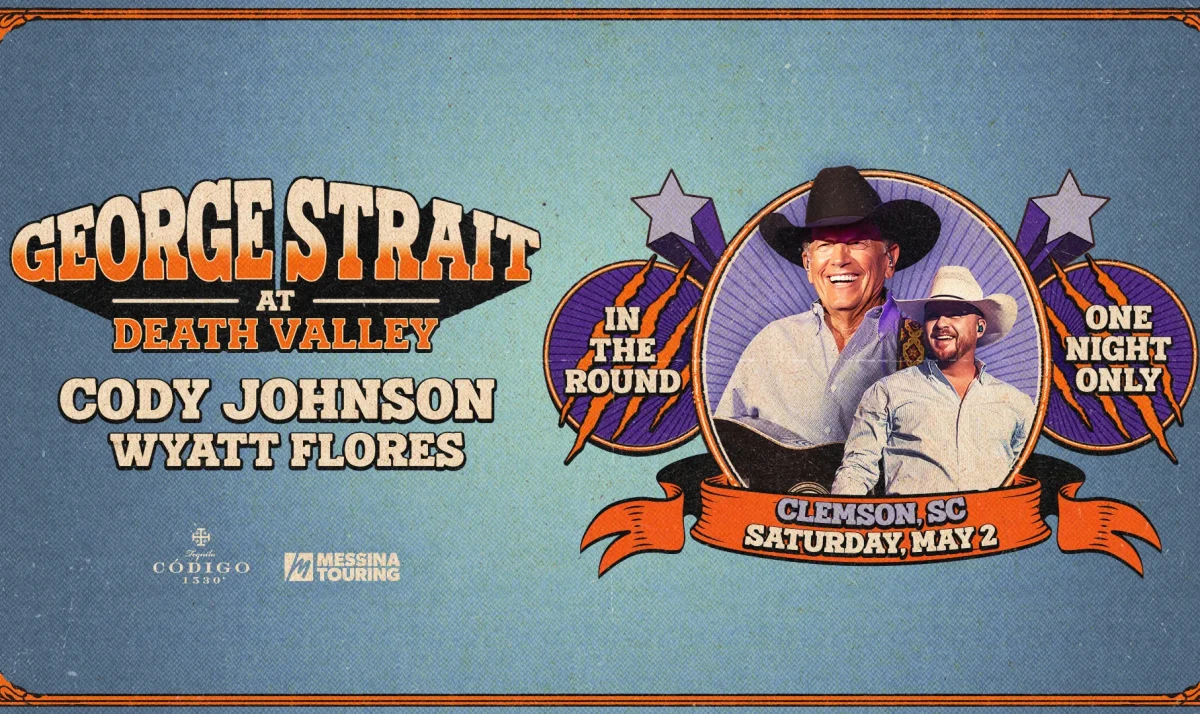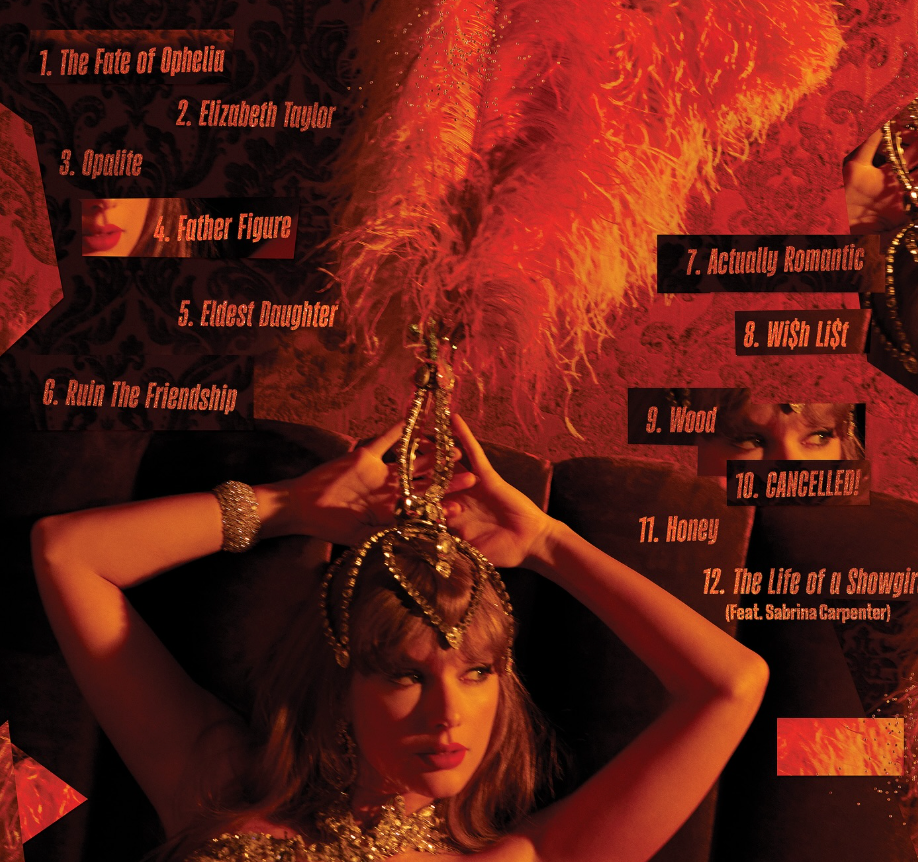Millions waited expectantly for the release of Kendrick Lamar’s new album, which was promised to drop April 7. Devastatingly, fans were left empty-handed by both a tease and a lie. No other rap artist in recent years has drawn so much attention with so little music and so little self-promotion. Releasing three massively popular albums in the past five years, Kendrick Lamar’s growth into an artist specializing in social commentary is worthy of attention.
On March 23, Kendrick used his song “The Heart Part 4” to foreshadow the promised release of a new album. In the song, he expresses how he is “the greatest rapper alive” and how he is disquieted with the way America continues to run its electoral cycle.
At certain parts throughout the progression of the song, listeners can pick out parts where he repeatedly rewrites verses. Kendrick will start a line, audibly crumple paper and mumble an expletive. Then, as the song finishes, Kendrick drops the tease, saying “y’all got ‘til April 7 to get y’all s**t together.”
The disappointment remains justified. However, for those who have yet to get much of anything together, Kendrick has gifted another full week to prepare.
If you’re new to Kendrick, but still want to get in on the hype, here’s what you should know about his music, lyrics and politics: Lamar was born in California and started his music career, as all must, by releasing a mixtape. His, however, garnered enough attention to earn him a record label deal with Top Dawg Entertainment. After this, Kendrick went on to develop a great deal as a rapper, winning numerous awards and signing with a bigger label: Aftermath and Interscope Records.
After he gained some traction, Kendrick nurtured current students from college through high school (and in some cases middle school) by releasing “good kid, m.A.A.d city” in 2012. This album, although not his first, is a good place to start for hesitant new rap fans and Kendrick listeners alike. If your music taste remains on the top 40 chart and tentatively ventures into Kanye or A$AP Rocky at a pre-game, starting off with “good kid, m.A.A.d city” is a great idea.
While listening straight through the album is generally the best strategy, it also requires massive focus for the 17-track collection. To start, pick either the album’s namesake “m.A.A.d city,” or “Swimming Pools (Drank).” Both have hooks intended for mass audiences and beats that match more mainstream music.
After a brief introduction, move on to songs like “Backseat Freestyle” or “Poetic Justice.” Both are more popular songs from the album and coax listeners into a more explicit state of mind. Afterwards, feel free to venture further into the album, but as far as a succinct guide to Kendrick goes, it’s time to move on.
Now hold on to your hats, ladies and gentlemen, because Kendrick is about to get much more intense. The beats and lighter lyrics of his 2012 album don’t necessarily carry over to his Grammy Award-winning album, “To Pimp a Butterfly.” This track list proves to be increasingly political, while maintaining strong commercial value. If, after listening to parts of “good kid, m.A.A.d city,” you liked the beats better, don’t fear that your love for Kendrick has to stop here. Look to songs like “untitled 02 | 06.23.2014” from “untitled unmastered.” and “King Kunta” or “i” from “To Pimp A Butterfly.” Not intended to diminish their value, I group these into more mainstream tastes because they offer something more interesting to those who remain unfamiliar with rap. This “something” is outside the realm of what some might consider lyrical obliteration. “King Kunta” is fantastic for out-of-context car listening as well as full album listeners.
If instead you listened to Kendrick’s 2012 album and were hoping for more mental stimulation, there’s also a clear path through his music. Look to “untitled 05 | 09.21.2014” or “For Free ?- Interlude.” Although these tracks are from different albums, they are grouped together because they are difficult to listen to, but worth the effort. Present in both is a jazzy undertone that remains present in many of Kendrick’s songs. “For Free?” starts with jazz and then proceeds to launch into a woman listing off the complaints she has about her current man. Kendrick uses this hook to introduce the song’s message: that he and his life are not free (as you could perhaps guess from the title). He uses a slam-poetry style of rap to run down the history of black oppression. Regardless of your politics, it is an impressive song and gives a fantastic message. “untitled 05 | 09.21.2014,” starts with an equally jazzy hook and uses the hook to draw in listeners to a story about alcoholism and struggles with religion and government.
If you still remain unconvinced that Kendrick has something to offer the rap world, I’ve got a surprise for you. Listen to “The Heart Part 4” and turn up the volume of your respective listening device around 1:39. Then, load up YouTube and find the “HUMBLE.” music video. Listening for lyrics is important, but the visual aids provided by this video really encourage respect. It is full of religious allusions such as Pentecostal heads on fire and priest uniforms, as well as a reference to Grey Poupon, which is a big deal for some reason in the rapping world.
So, use this week to get yourself together before Kendrick’s real album release and this guide to help in future Lamar ventures.








